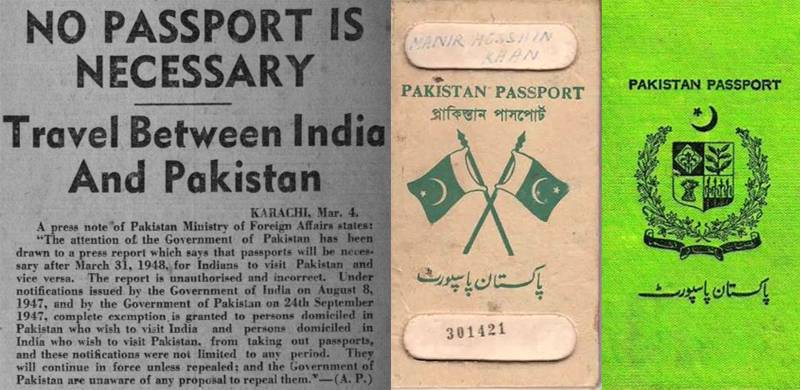
HPI has been compiling and issuing this list since 2006 which rank and lists passports from over a hundred countries according to the number of destinations the citizens of these countries can visit without obtaining a visa.
Pakistan’s passport has continuously found itself lingering in bottom half of the list.
HPI Top 20 Passports 2019
- Japan
- Singapore; South Korea
- Germany; France
- Denmark; Finland; Italy; Sweden
- Spain; Luxemburg
- Austria; Netherlands; Norway; Portugal; Switzerland; UK; USA
- Belgium; Canada; Greece; Ireland
- Czech Republic
- Malta
- Australia; Iceland; New Zealand
- Hungry; Latvia; Lithuania; Slovakia; Slovenia
- Estonia; Malaysia
- Liechtenstein
- Chile
- Monaco; Poland
- Cyprus
- Brazil
- Argentina
- Bulgaria; Hong Kong; Romania
- Andorra; Croatia; San Marino.
HPI Passport Rankings of Muslim-Majority Countries 2019
12: Malaysia
21: Brunei
22: UAE
49: Bosnia
50: Albania
52: Turkey
56: Kuwait
59: Maldives
60: Qatar
63: Bahrain
67: Kazakhstan; Oman
70: Saudi Arabia
72: Indonesia
74: Azerbaijan; Tunisia
76: Kyrgyzstan
79: Morocco
80: Mauritania; Tajikistan; Uzbekistan
82: Senegal
83: Mali
84: Niger
85: Chad; Turkmenistan
88: Algeria; Jordan
89: Egypt
91: Nigeria
93: Djibouti
94: Kosovo
96: Iran
97: Bangladesh; Libya
99: Sudan
101: Yemen
102: Pakistan
103: Somalia; Syria
104: Afghanistan; Iraq
*China’s passport is ranked 69 and India’s is at 79.
The Pakistani passport: The downward spiral
Even though global passport rankings were introduced in 2006, it is believed that if the strength of the country’s passport before 2006 was to be explored by using the HPI ranking and scoring model, the Pakistani passport – from 1961 till 1974 – would have been one of the top 30 passports of the world.
Pakistani Passport HPI Rankings 2006-2019
2006: #79
2007: #83
2008: #87
2009: #87
2010: #90
2011: #99
2012: #100
2013: #91
2014: #92
2015: #103
2016: #103
2017: #102
The Pakistani passport has been a mirror of the persistent existentialist tussle in the country itself. The evolution of its look and content has reflected what Pakistan as a polity and a nation stands for.
Pakistan came into being in 1947. According to moderates and liberals, Pakistan’s founder, Mohammad Ali Jinnah envisioned Pakistan as a project to conceive and initiate an entirely modern, flexible and pluralistic strand of Islam, which could then go on to inspire the rest of the Muslim world.
On the other hand, conservative and religious intelligentsia insists that Pakistan was created as a jumping pad to launch a theological state. They maintain that this was to be done through legislation from above and evangelical activity from below, which would then shape a ‘unique’ Islamic state.
This battle has raged on and it becomes even starker when it is played out in the corridors of political power. The initiatives in this context have gone to and fro between the liberal/moderate narrative and the conservative one.
The evolution and trajectory of this battle can also be traced in the transformation of the Pakistani passport.
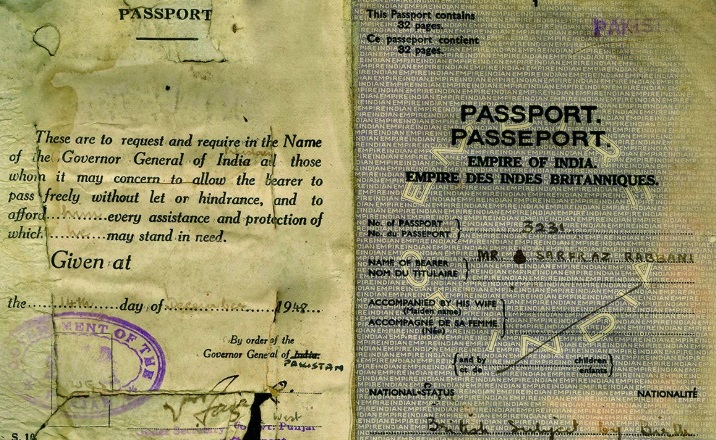
Till 1948 or a year after Pakistan’s creation, most Pakistanis did not have a passport. Passports issued by the pre-Partition government of British India were still in use. As can be seen in the image, Pakistani government simply crossed out the word India (with a pen) and replaced it with the word Pakistan.
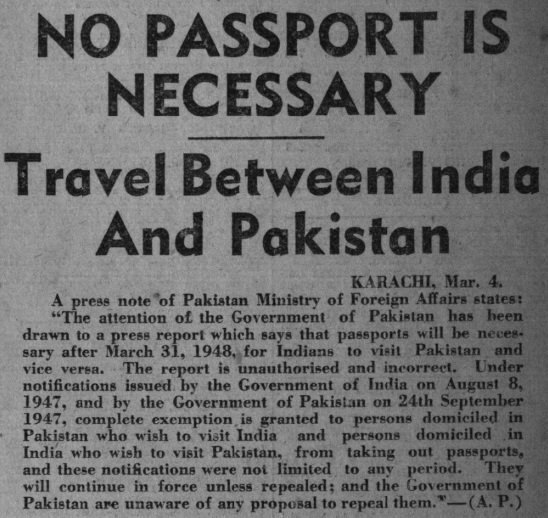
Till early 1949, no passport was required for Indians travelling to Pakistan and Pakistanis travelling to India.
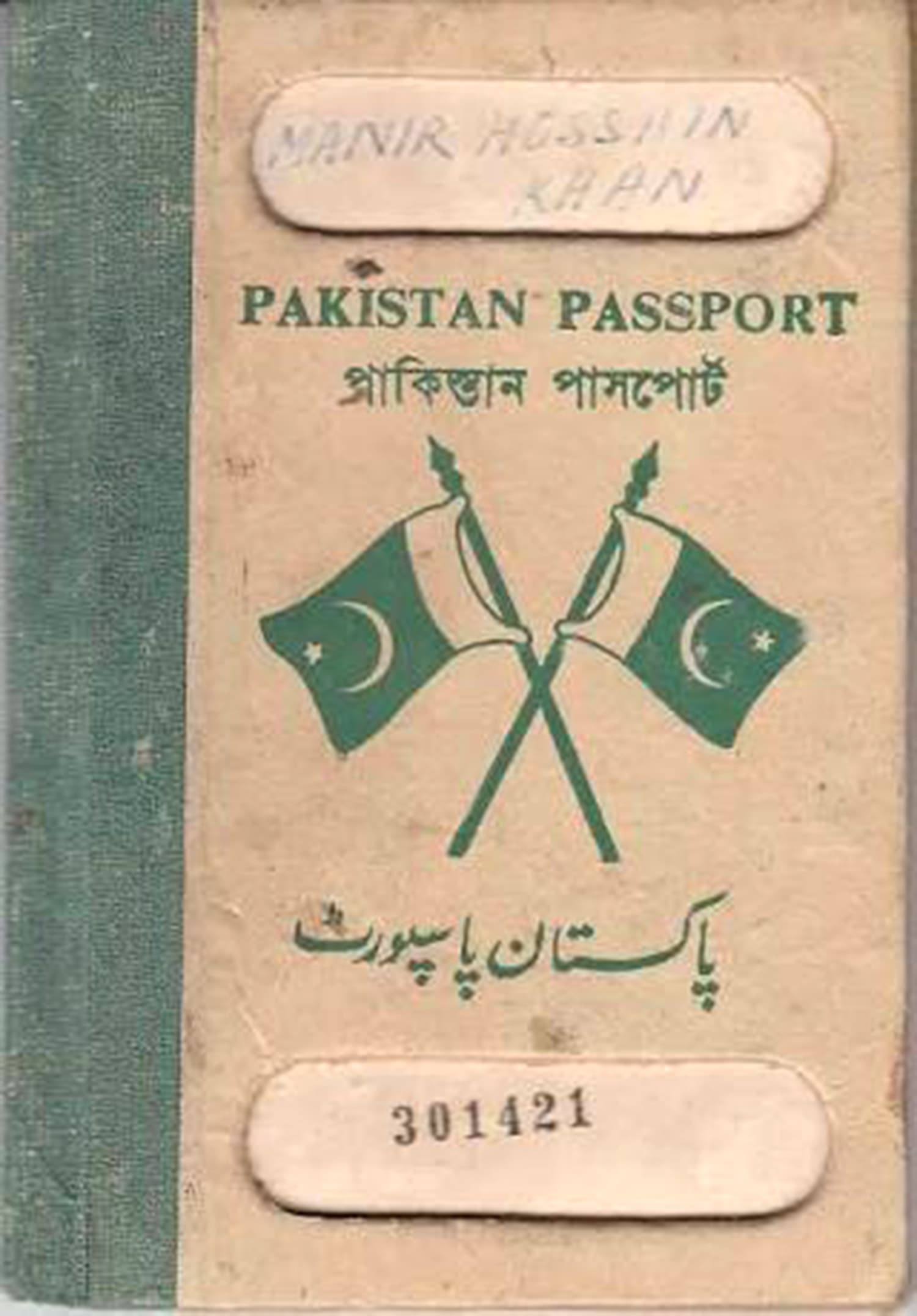
The first Pakistani passports began being issued from 1949 onwards. They were largely beige with green being the other colour. Pakistan was still known as an independent ‘Dominion of Pakistan’ and the British monarch was the country’s head of state. The passport just had ‘Pakistan Passport’ written in Urdu, English and Bengali. It showed two Pakistani flags representing the two wings of the country, one in the west and one in the east.
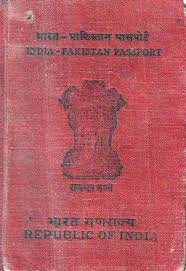
In 1950 Pakistan and India governments agreed to issue a special Joint India-Pakistan Passport. The passport was issued (from India) to Indians and Pakistanis who regularly visited each other’s countries to visit families that were separated during Partition. The passport was in use at least till the early 1960s before being withdrawn.
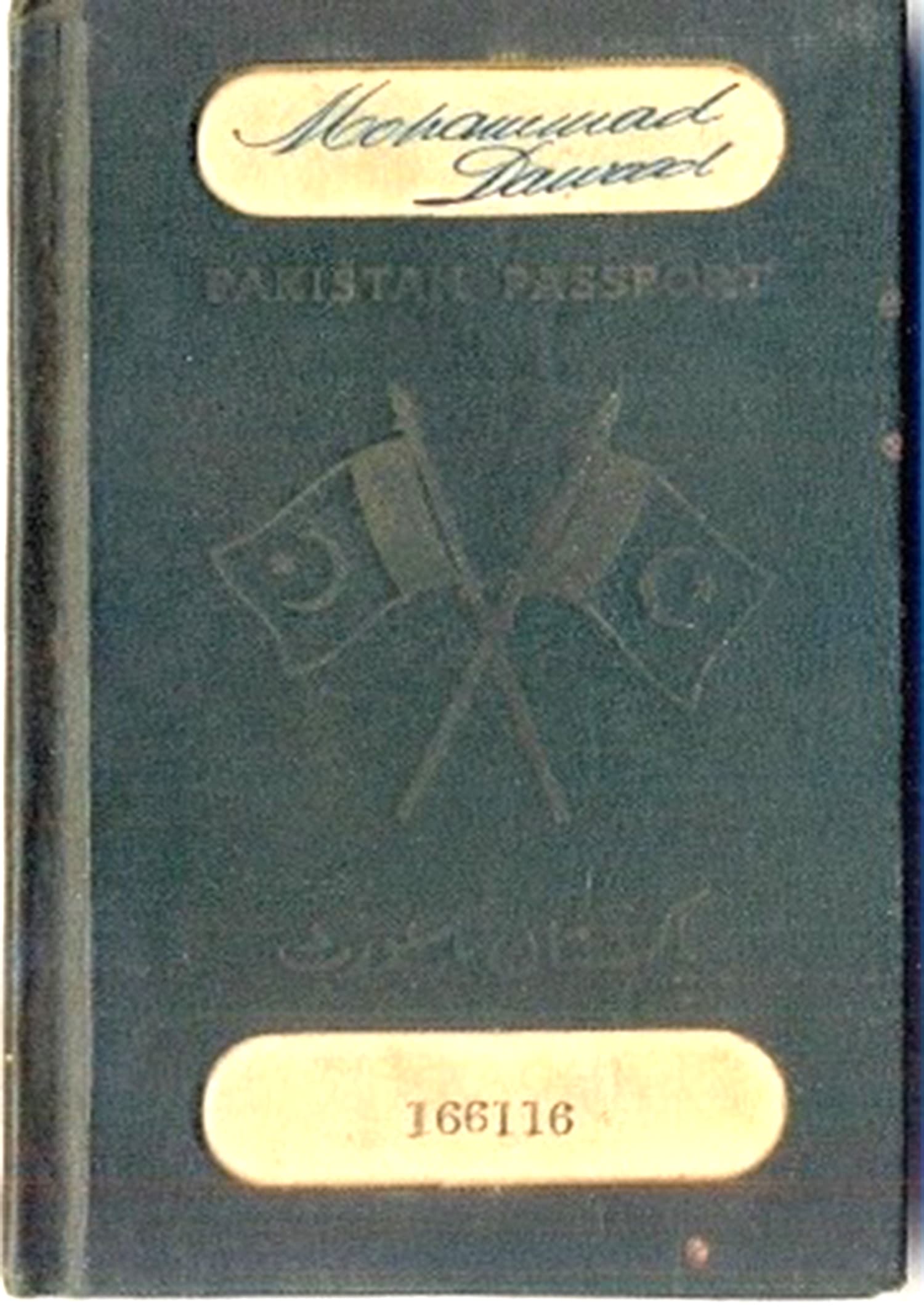
From 1954 onward, the Pakistani passport became completely green. After the introduction of the One Unit scheme – which clubbed the western wing of the country as one province (West Pakistan) and the Bengali-majority eastern wing as East Pakistan – separate passports were issued for the two. The West Pakistan passport had English and Urdu text and the eastern one had English and Bengali.
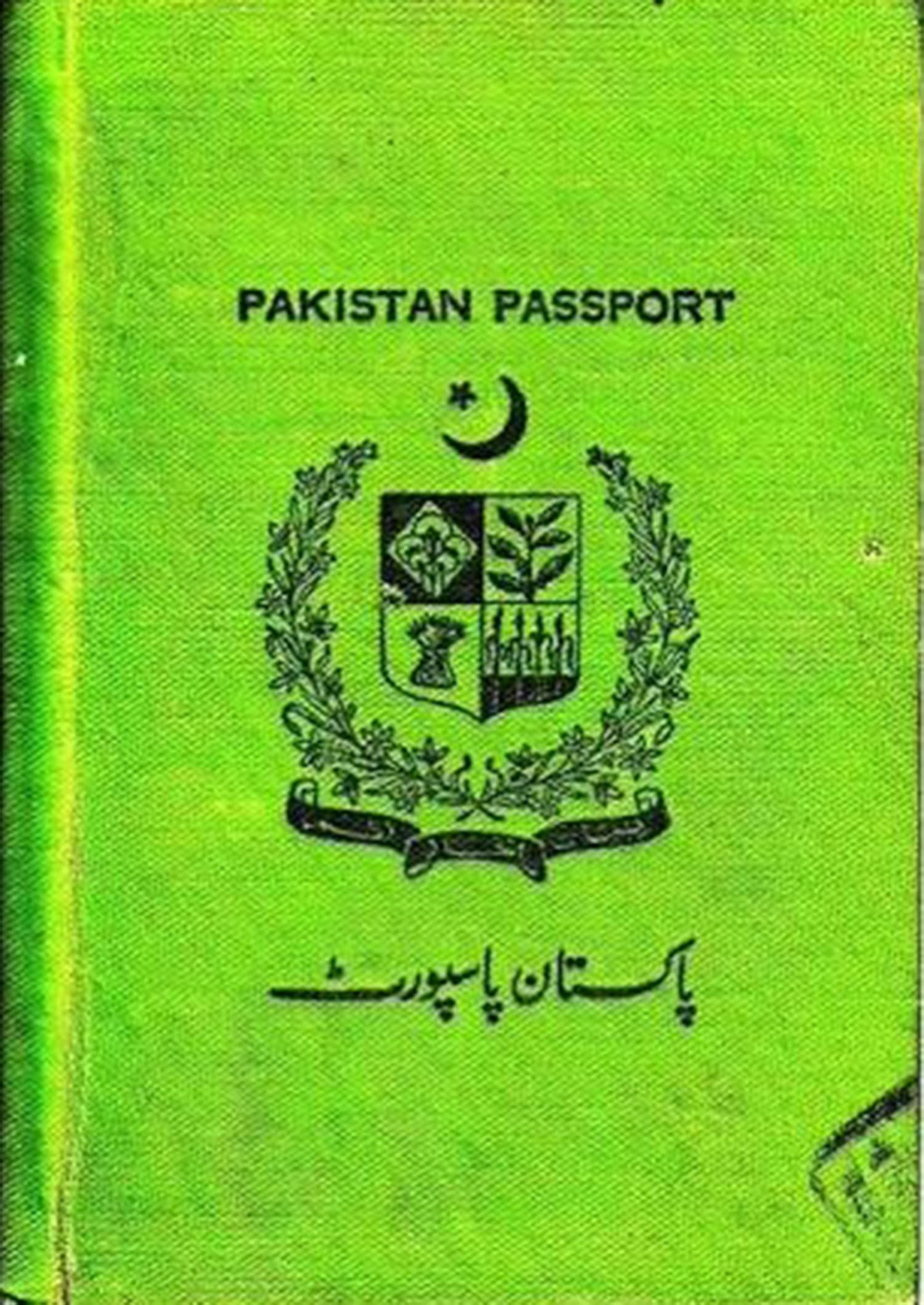
By 1960, the dark green colour of the passport gave way to a lighter shade of green. In 1956 Pakistan had become a republic and was declared an ‘Islamic Republic’ by its first constitution the same year. But the new name of the country, Islamic Republic of Pakistan, did not appear on the country’s passport. In 1958, after Ayub Khan came to power through a coup, he promptly removed the word ‘Islamic’ from the country’s name. The country became the ‘Republic of Pakistan.’ Till the early 1960s, Pakistanis could travel to a majority of countries without obtaining a visa and/or would get one on arrival. They were however discouraged to visit the Soviet Union and Israel. Soon a travel ban was imposed on visiting Israel and no Israeli was allowed a visa to visit Pakistan.
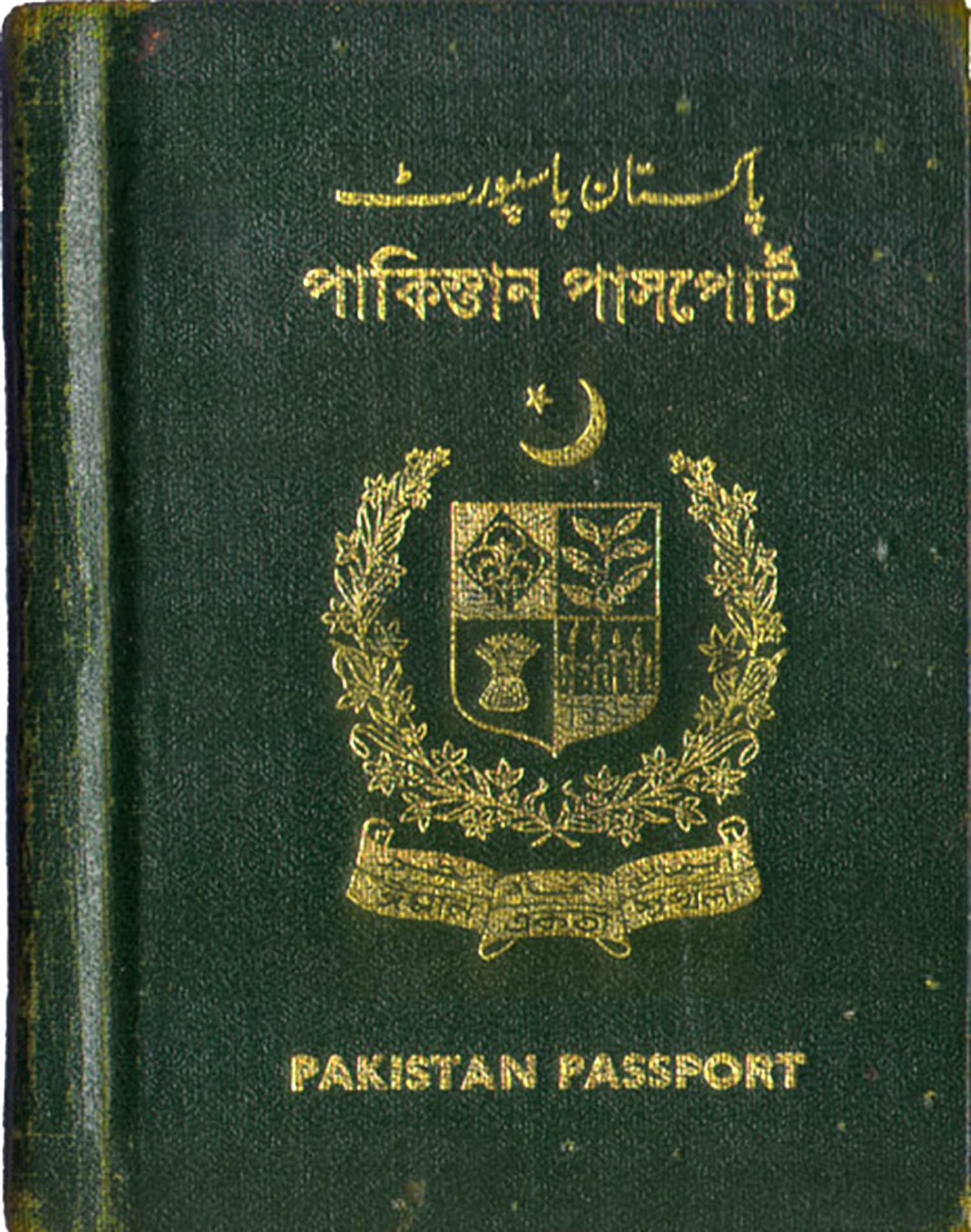
After 1965, dark green returned as the primary colour of the Pakistani passport. So did Bengali text which was now used on West Pakistan passports as well.
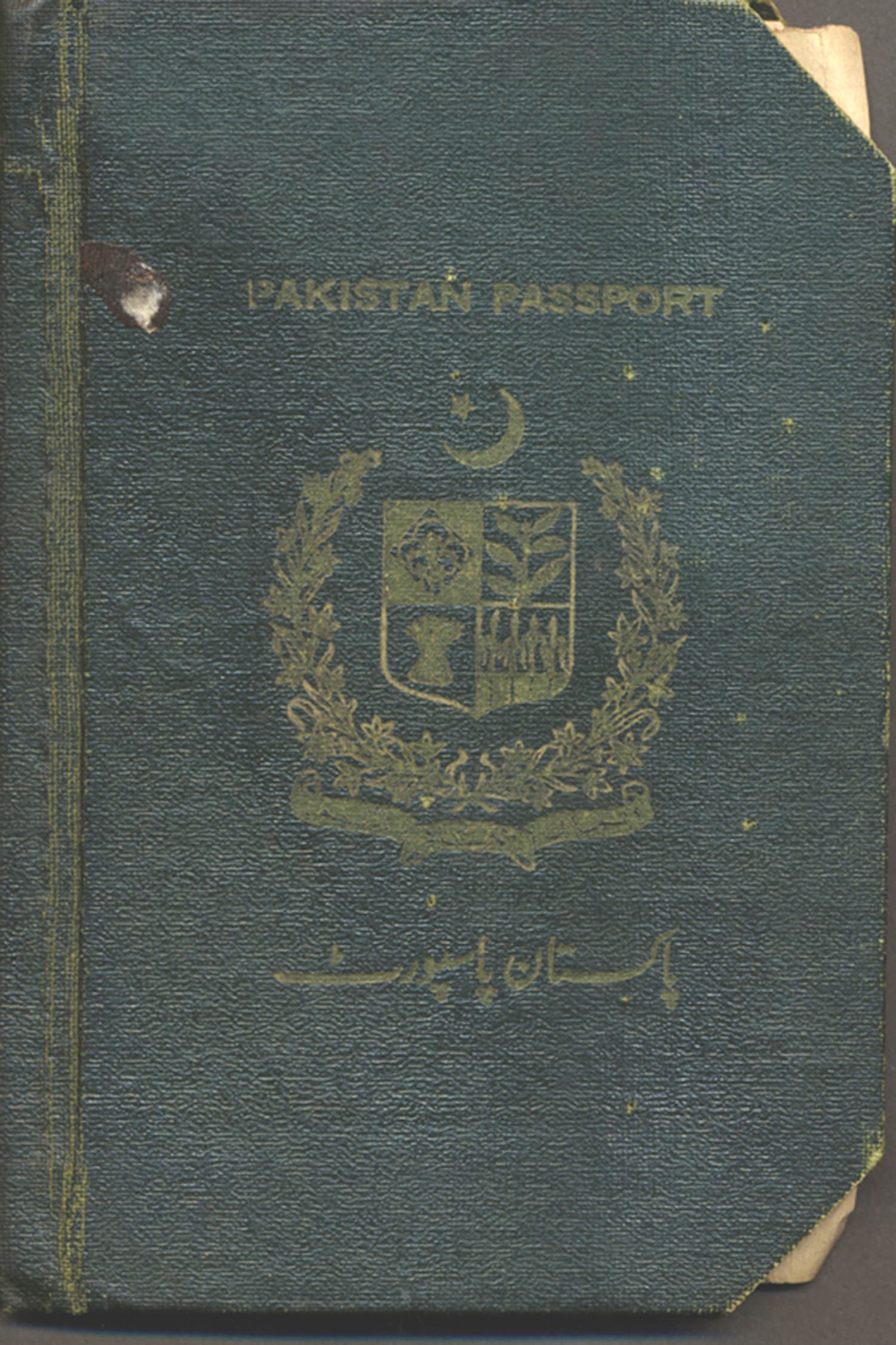
After the departure of East Pakistan in 1971, the Bengali text vanished. And even though, the 1973 constitution rechristened Pakistan as an ‘Islamic Republic,’ the change of name was not used on the passport. Also, a tinge of blue was added to the green.
By 1974 the process of getting a passport was eased by the populist ZA Bhutto regime when the jobs opened up for Pakistani labour in oil-rich Arab countries such as the UAE, Saudi Arabia and Libya.

Another addition to the passport in 1974 was the above disclaimer. Pakistanis were still able to enter over 60 countries without a visa and get visa-on-arrival in over a 100 countries, including many Western European countries.
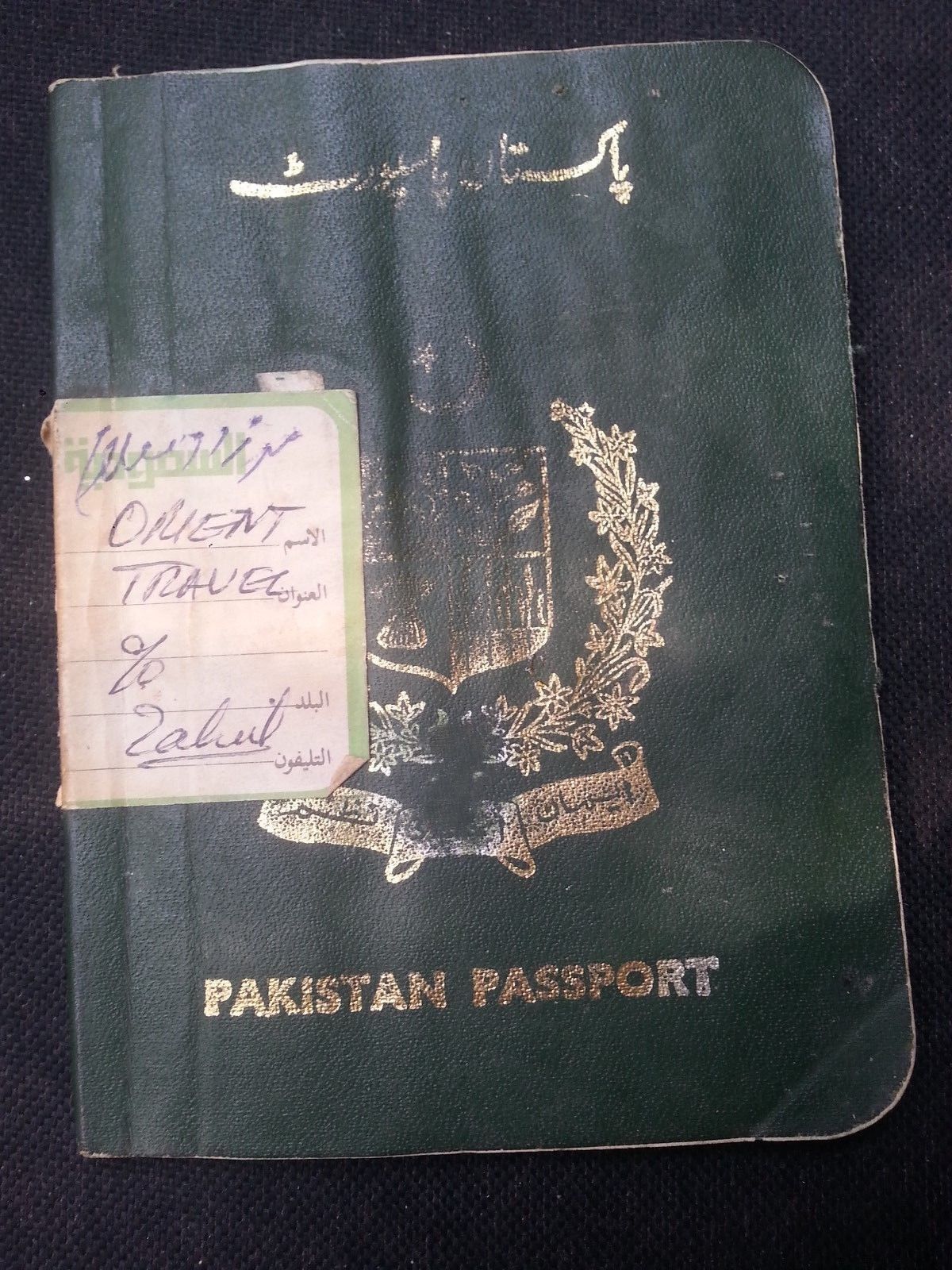
Soft-cover passports were introduced in 1980, but hard-cover ones were also still in use. Interestingly, despite that fact that a reactionary military regime (Gen Zia) took over power in 1977, the name Islamic Republic of Pakistan was still missing from the cover of the passport till 1982. The above is the image of a 1981 passport. In 1982 most European countries had stopped giving Pakistanis visas-on-arrival.

The name Islamic Republic of Pakistan began appearing on Pakistani passports in 1984. It was written in Urdu and English. The word passport was written in Urdu, English and Arabic!
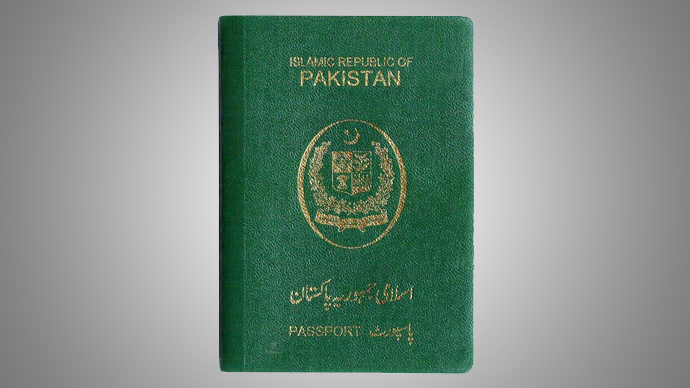
In the late 1990s, the Arabic text was removed from the cover and a lighter shade of green replaced the dark green colour. But by then the passport had already begun its gradual decline.
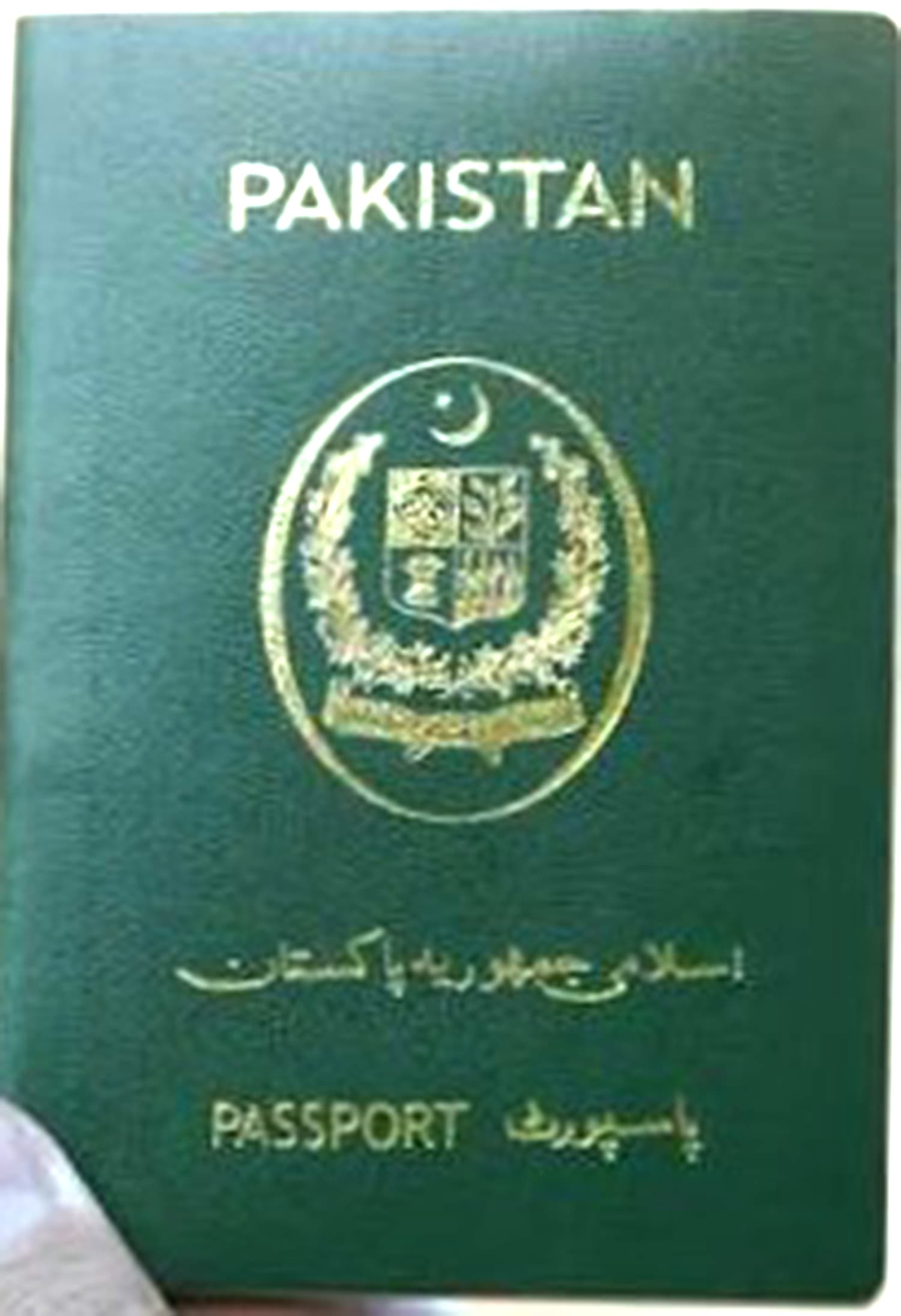
From the mid-2000s, many Pakistanis living abroad began receiving Pakistani passports on which the name Islamic Republic of Pakistan only appears in Urdu.
